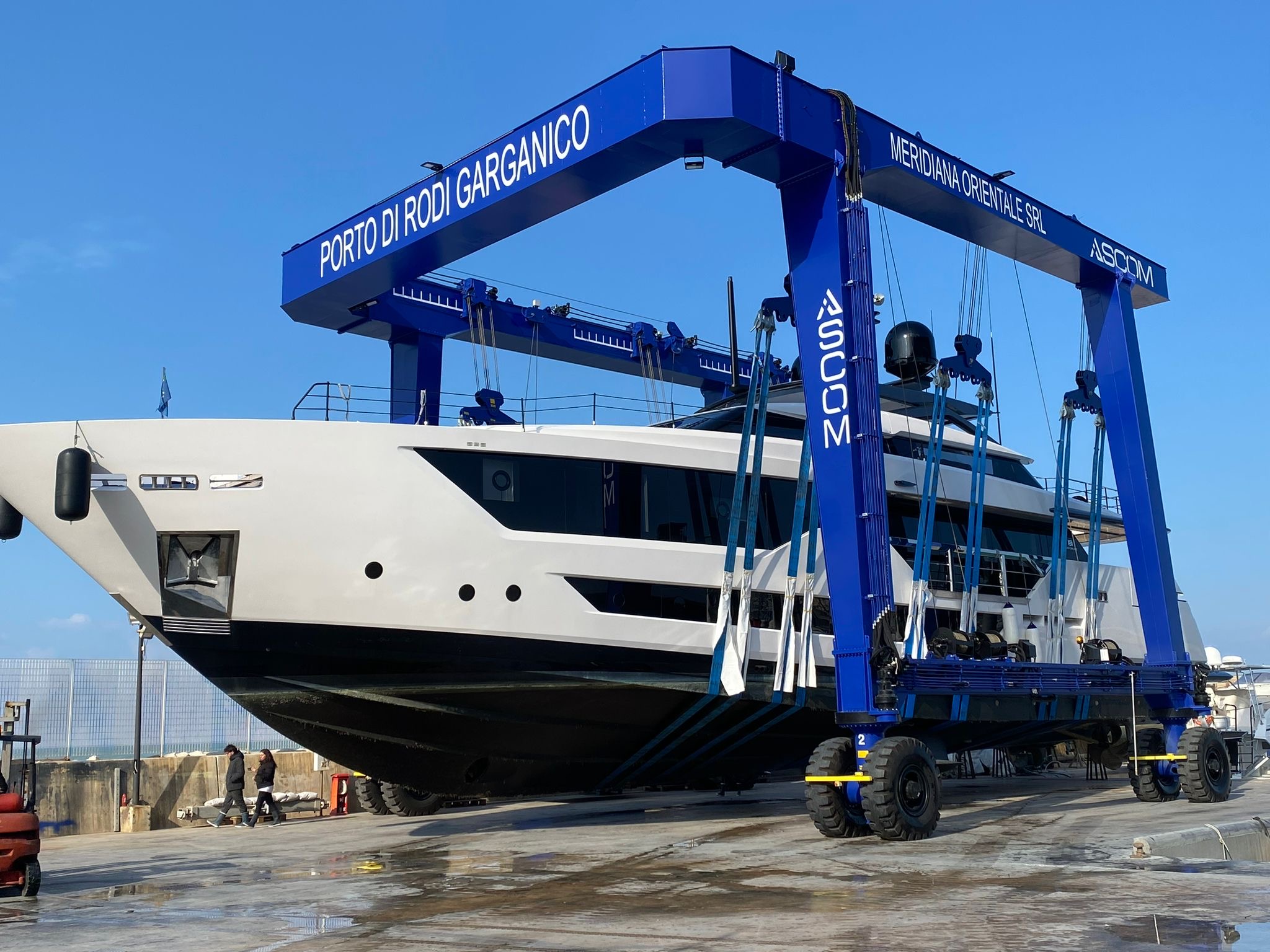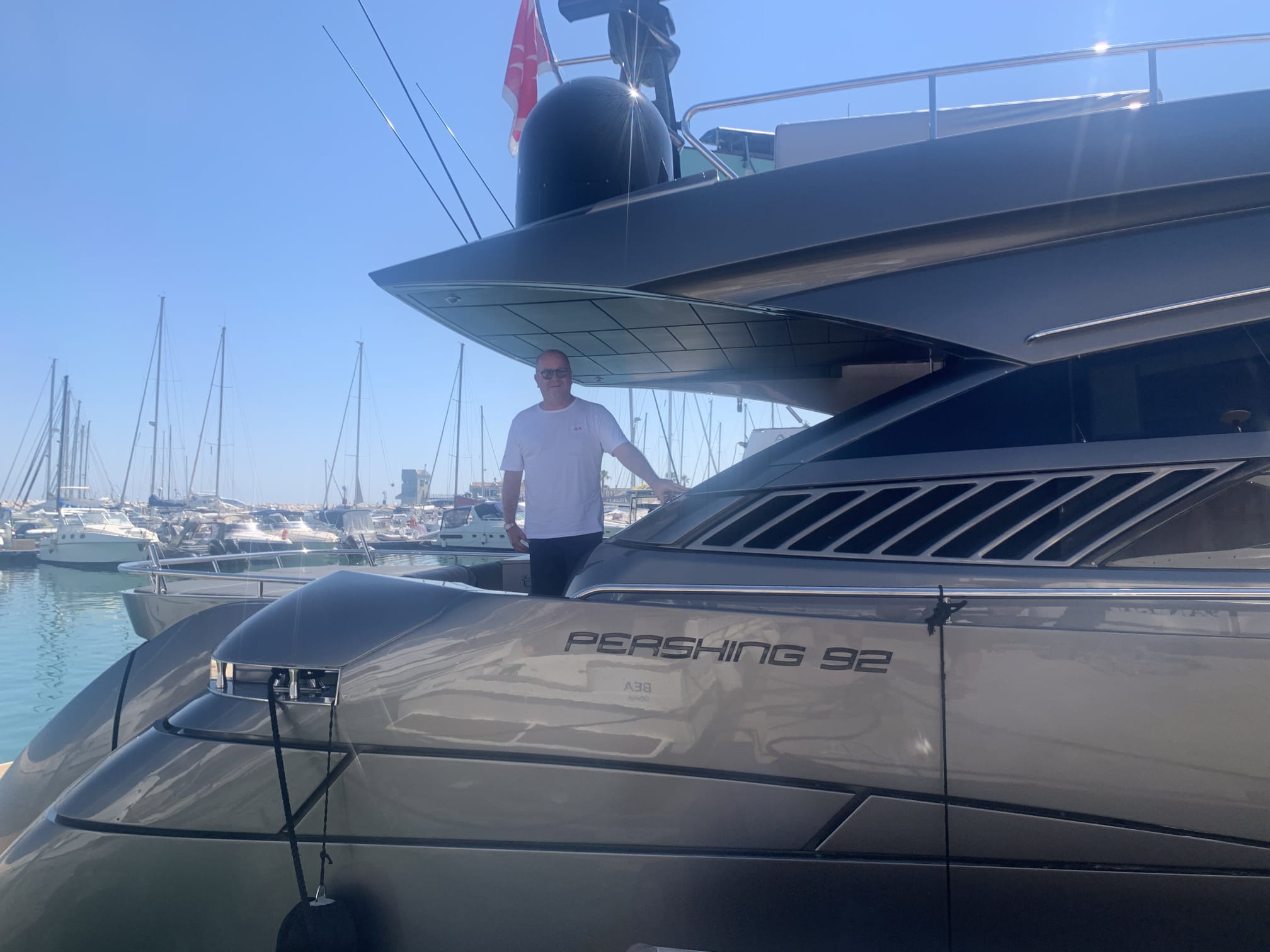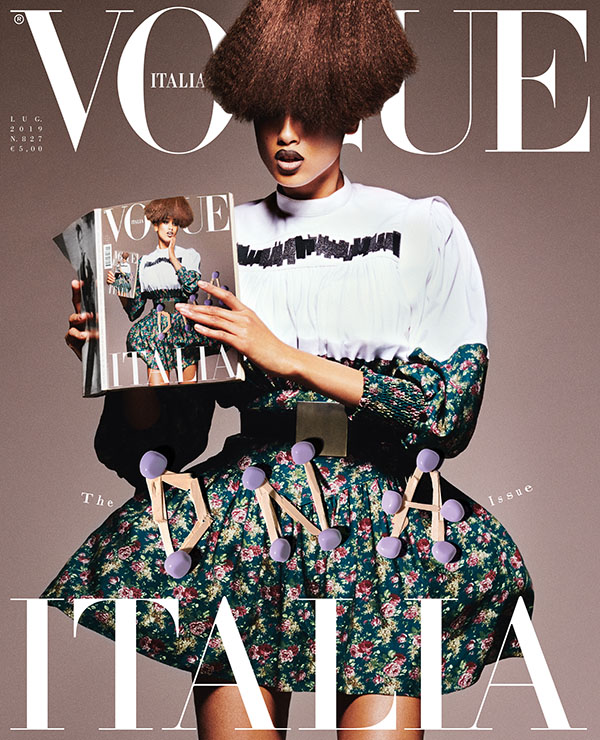When it comes to luxury consumption, Chinese consumers have been ranking first for three years now, accounting for one-third of the global spending.
Chinese spending on high-end consumer goods accounted for 33% of the annual global $294 billion-market in 2018, followed by the US and Europe whose contribute accounted for 22% and 18% respectively.
However, for the luxury industry, the approach to e-commerce has not been as immediate as for other sectors such as electronics or cosmetics. The spread of online counterfeits and the risk of providing a lower-level service to consumers are among the main concerns that prevent both high-end companies and luxury customers from approaching e-commerce services.
Although luxury brands were used to rely on offline sales rather than online ones, the digital world has become the one and most effective channel to talk to the younger generations, which account for 27% of luxury consumers.
Therefore, while consumers in first and second-tier cities can immediately go to a local offline store to buy new products, for the Millennials or even Generation Z, the convenient e-commerce platform shopping experience is now much more attractive than offline store shopping. Let’s see which are the Dragon’s 5 preferred luxury e-commerce platforms.
Tmall Luxury Pavilion
Although Tmall was originally born as the most structured, organized and credible version of Taobao, today, it not only aims to be a primary channel of access to the Chinese market for Chinese and international brands, but it also aims to be a top-level player in the world of luxury. In August 2018, in fact, Tmall officially launched a new platform entirely dedicated to luxury, called Luxury Pavilion. Designed for high-end users, this platform was created to offer a tailor-made service to maximize user experience and brands’ relationships with consumers. Despite it is addressed to a small niche, Luxury Pavilion has a presence of over 500 million users and could become the largest e-commerce platform for luxury brands. Today, it counts over 100 brands, ranging from apparel and beauty items to watches and luxury cars, including Alexander McQueen, Bottega Veneta, Valentino, Burberry, Versace, Stella McCartney, Maserati, and Givenchy.
Farfetch
Founded in 2007, the online luxury fashion retail platform Farfetch received a $397 million investment by China’s e-commerce giant JD.com, which aimed to provide this “premier luxury gateway to China” to Chinese customers who wish to make luxury purchases.
Founded by the Portuguese entrepreneur José Neves, today, Farfetch allows JD.com’s 300 million customers to have immediate access to over 3,000 luxury brands through its network made of over 1,000 boutique partners all over the world.
In February 2019, a new agreement provides that Toplife – the luxury e-commerce platform launched by Chinese online giant JD.com in 2017 – will merge into Farfetch China, which aims to become the luxury leader in the Dragon by acquiring a “Level 1” entry point in JD.com app.
Little Red Book – 小红书
Founded by Charlwin Mao in 2013, XiaoHongShu (小红书), literally Little Red Book, is the Middle Kingdom’s hottest app of the moment. Hosting a high-end community, it is the greatest place to sell luxury products thanks to the presence of many Key Opinion Leaders, who produce super quality content.
XiaoHongShu is a platform aimed at women aged 18 to 35, who want to buy luxury products from overseas, discover new trends, exchange shopping tips and share their shopping experiences.
It now counts more than 100 million users and it bases its success on the influence and trust of information shared by the users themselves. However, although it started as a social network, Little Red Book’s built-in influencer network provides brands with direct access to millions of young Chinese females with the intent to shop, leading the app to become a real e-commerce platform where users are able to buy products directly from merchants, while maintaining its social aspect though.
Its most popular items include foreign cosmetics, beauty supplies, and health products, and they are currently making a push to grow their fashion segment.
Secoo – 寺库
Founded in 2008, Secoo (寺库) is one of the largest Chinese multi-brand luxury B2C sites. It currently operates under a partnership with Tencent in order to create data profiles for their more than 3 million registered shoppers.
Secoo specializes in luxury clothing and accessories for men and women from big-name brands, including Burberry, Hermes, Rolex, and Bulgari. Additionally, to cater to Chinese consumers’ growing desire for a high-end lifestyle, the platform introduced cars from brands such as Bentley and Porsche as well as yachts and personal jets on the site.
The company approaches e-commerce with an omnichannel strategy, running its website and mobile app alongside offline boutiques located in both mainland China as well as Hong Kong, Milan, and Tokyo. When an order is made online, the item is shipped directly from abroad, and consumers can either have it delivered to their home or pick it up at Secoo’s stores in Beijing, Shanghai, and Chengdu, where customers can also have the authenticity of their purchases verified.
Indeed, Secoo has also incubated China’s largest luxury authentication team, as well as the world’s largest luxury care factory and cross-border shopping consultant team across the globe.
VIP International
VIP.com or Vipshop was founded by Eric Ya Shen and Arthur Xiaobo Hong in 2008. It is specialized in online discount sales and, currently, it is the third largest e-commerce platform in China, right after JD.com and Tmall, with a market share of 15.7%.
In 2014, VIP International was launched as the cross-border e-commerce sub-platform of VIP.com but with a different goal. Not only it seeks to further its overseas expansion but the platform now also aims to add more luxury products to its portfolio in order to gain new customers, while also encouraging existing customers to spend more.
The popular flash sales platform now focuses on selling international fashion to Chinese consumers at a discount. VIP.com has been working a lot to upgrade its cross-border platform by adding more high-end overseas products to its catalog and by improving authenticity, selection, price of products, and after-sales service.
Like other cross-border platforms, authenticity is paramount for VIP International, which insists on purchasing products directly from the place of origin. They employ professional buyer groups in 11 countries and regions to guarantee product authenticity from the supply chain.
The Chinese large luxury market is currently witnessing the migration of customers from offline to online, especially in smaller cities. Moreover, an increasing percentage of consumers is now buying directly from mainland China through its multiple luxury e-commerce platforms.
More and more luxury brands hope to reach younger Chinese consumers through new technological means and media, and now they can finally find in Chinese top luxury e-commerce platforms not only a sales website but also a place to create interaction and effective marketing initiatives for their consumers.






























